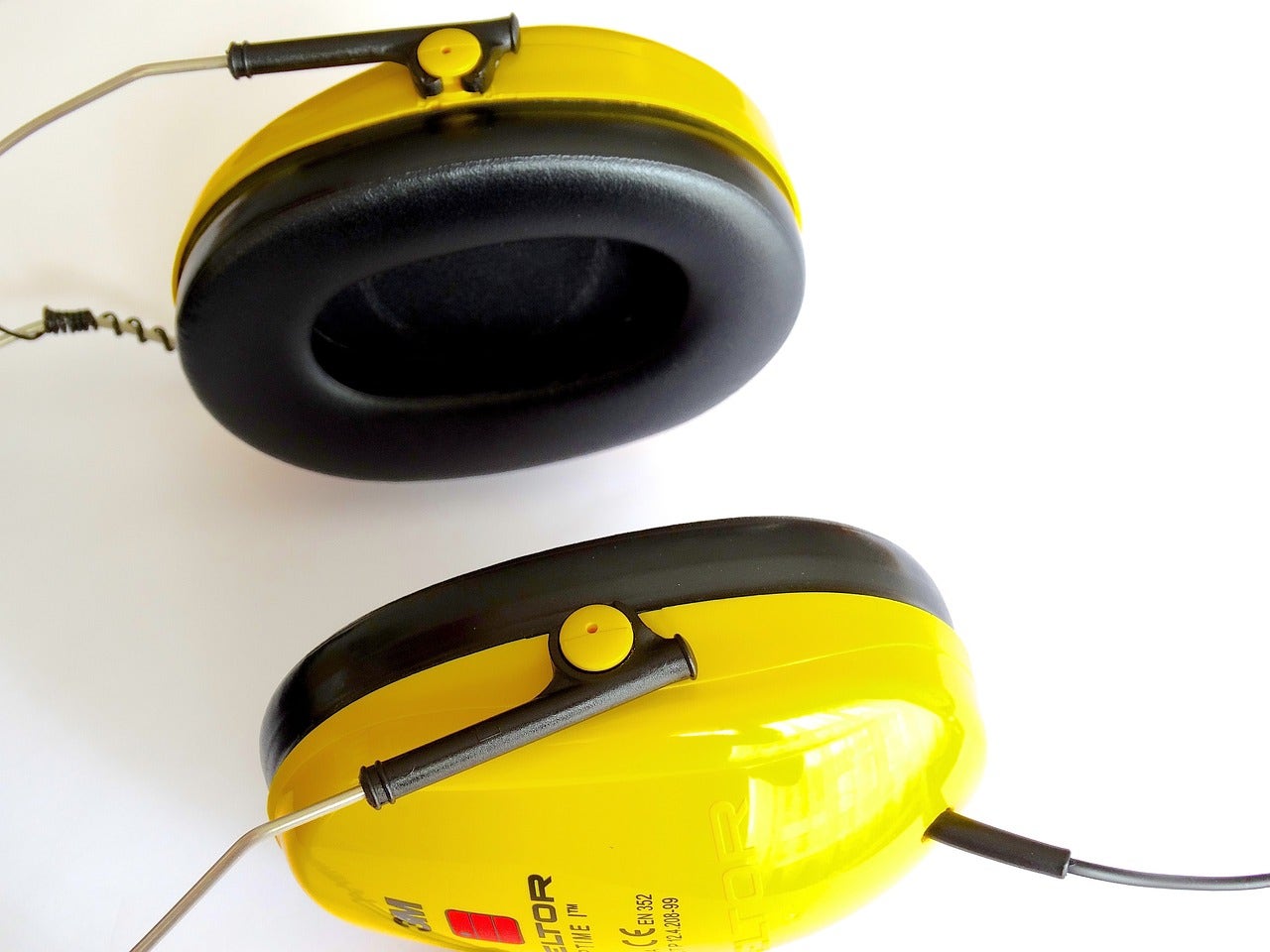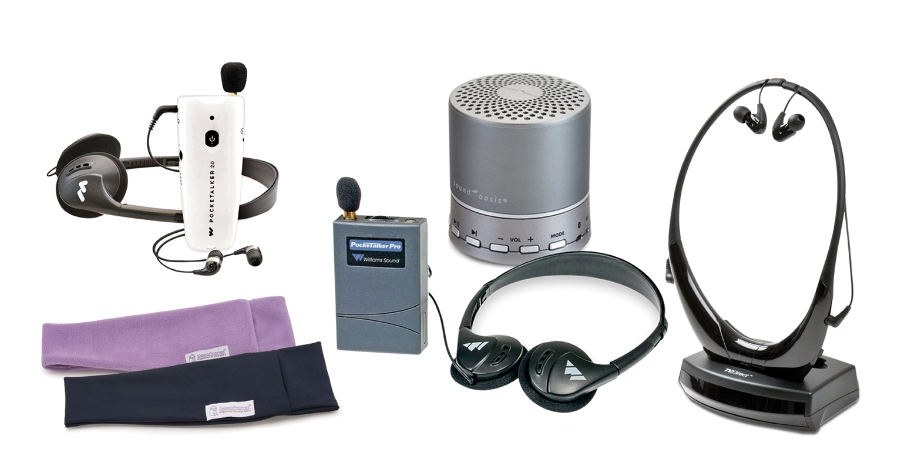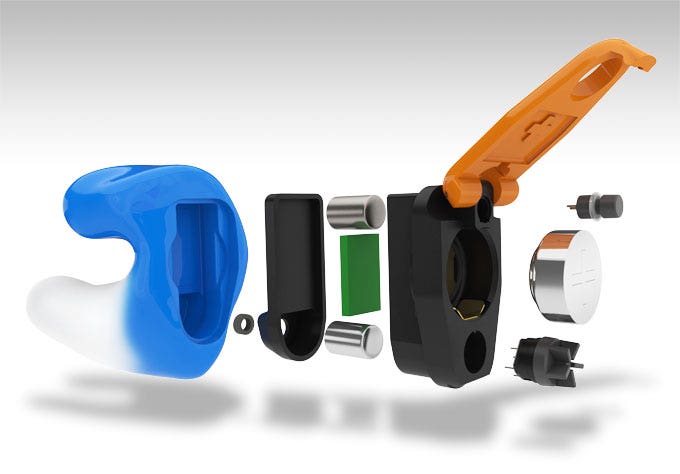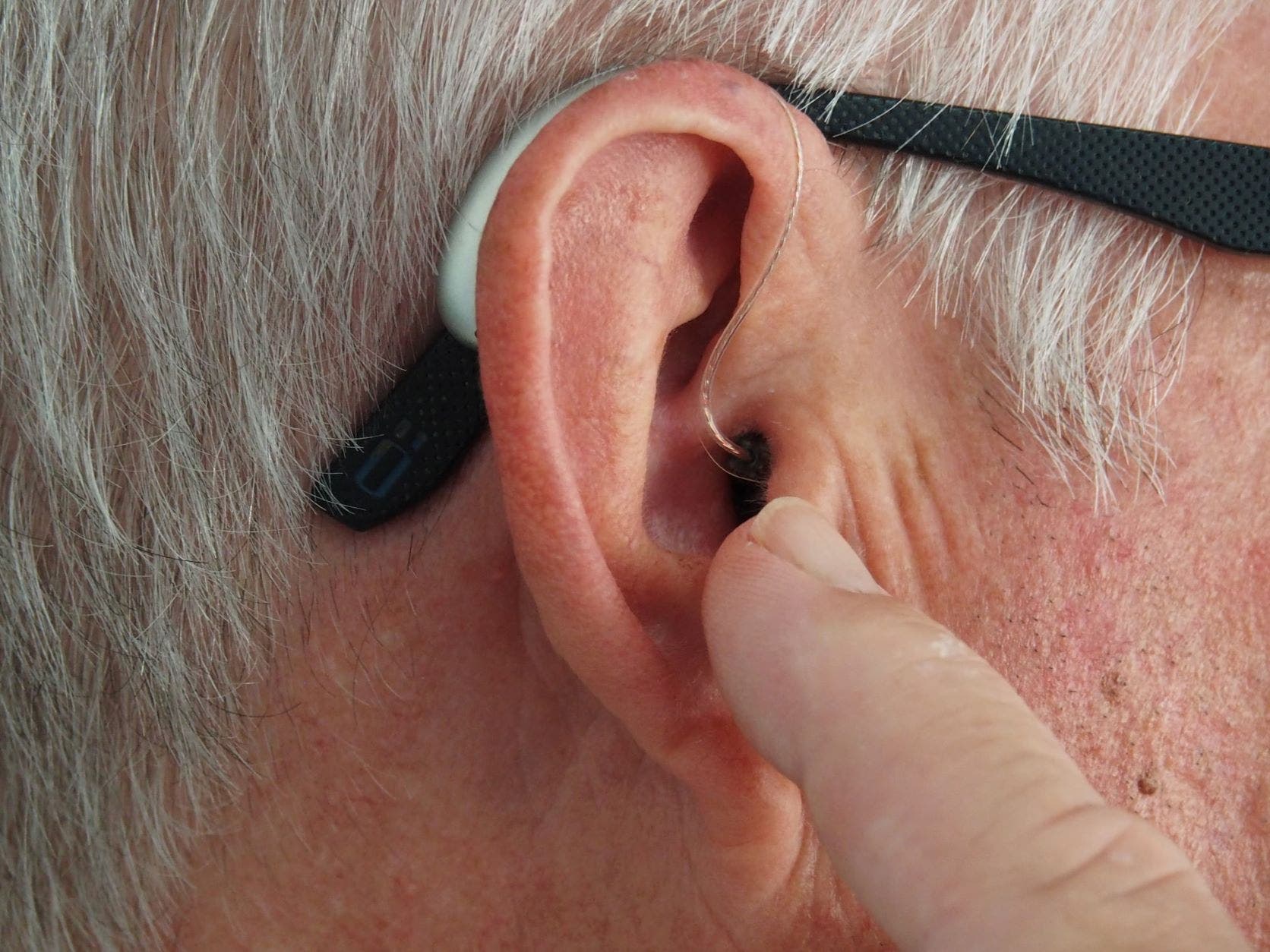News
-
30 MayRead more »
The Sound of Safety: How Westone's Hearing Protection Devices Elevate the Experience
-
24 MayRead more »
Protecting Your Passion: The Importance of Hearing Protection for Recreational Activities
-
15 FebRead more »

The most common way to protect your ear is to turn down the volume of loud music, move away from noise, or avoid exposure to loud sounds. When any of these cannot be done, making use of custom hearing protection like the ones offered by Westone.
These custom molded earplugs can be used during any activity because it reduces the intensity of the sound that filters into the ear. It is important to protect ears from loud sounds because it can damage the sensitive part of your ear causing you to suffer from noise induced hearing loss or tinnitus. You can survive this noise induced hearing loss by using Westone’s military and hearing protection offerings.
DefendEar Industrial Protection
The DefendEar industrial hearing protection device has three offerings which include DefendEar M
-
6 FebRead more »

Hearing loss is a problem no one wants to face. While it's capable of reducing life’s quality, it also makes life uncomfortable. The ears are vital parts of the body which is why we need to do everything we can to protect your hearing and ensure that it remains in its best condition.
So to maintain your ear’s working condition, making use of custom-fit earpieces can be your best solution. The use of custom-fit earpieces offers a lot of benefits that sees people of all ages rely on these objects to get things going. With that said, here are some importance of custom fit earpieces that lead to better hearing health.
Protection against hearing loss or damage
Westone’s custom-fit earpiece is de
-
10 JanRead more »
Assistive Listening Devices (ALDs) are personal devices that can help people to engage in one-to-one conversations. These portable amplifiers are with amplifiers, which ensure that the sounds you wish to hear are brought closer to your ears.
These hand-held devices work by capturing the sounds you wish to hear and they may help you filter certain background noises. In this short guide, we will take a look at how assistive listening devices can help. Keep reading!

How Can Assistive Listening Devices Help?
There are certain ways through which Assistive Listening Devices can be of great help. Some of these are explained as follows:
Hear Better in Public Places
There are many types of Assistive Listening Devices that can help boost sound transmission. Many of these are designed for
-
10 JanRead more »
Hearing impairment or hearing loss is the partial or total inability to hear sounds. The symptoms can be mild, moderate, or severe. Individuals with mild impairments may have issues understanding speech. This is particularly so if there is so much noise in your environment. On the other hand, people with moderate hearing loss may require hearing aids.
If you are concerned about whether you or your loved ones might have hearing loss, you should know that the symptoms of hearing loss depend on the type of hearing loss you are dealing with, as well as the severity. People suffering from mild hearing loss in both ears may experience sound differently than people with severe hearing loss, probably in one ear.

What are the symptoms of hearing loss?
The symptoms
-
9 NovRead more »

Whether you’re dealing with occupational noise or you have a hobby that exposes you to loud noises, it’s always a good idea to invest in earpieces that can prevent hearing loss. A lot of individuals ignore the fact that hearing loss can be irreversible in some cases.
And the sad reality is that hearing loss is quite prevalent in our society today. In the United States alone, around 1 in 8 individuals 12 years or older exhibit symptoms of hearing loss in both ears. That's around 30 million individuals with hearing problems.
Good thing there's technology that can prevent individuals from losing their hearing.
Nowadays, there are lots of industrial hearing protection products in the market from the simplest disposable earplugs to ones that use advanced technology to suppress loud sounds. But of course, the
-
21 OctRead more »
Hearing aids are one of the greatest tools we have to help those losing or having difficulty hearing.
These great little pieces of technology are much like other daily tools and need to be kept and maintained in order to function properly. But there are many questions like, how do you maintain a hearing aid without damaging it? What needs to be done and how often? What hearing aid accessories will make your hearing aid more comfortable or work better?
We put together some simple steps you can take to maintain your hearing aid so it will run better and longer for you.
These aren't the most complex tasks that required extreme knowledge of the hardware,but rather simple everyday things the average person can do to keep their hearing aid running properly.
Being aware of earwax
is one of the simplest measures you can do to preserve your hearing aids. Naturally intended to defend our bodies, ear wax can become one
-
17 OctRead more »
A person with hearing loss can significantly improve their quality of life by using hearing aids, which are an amazing piece of technology.
Modern hearing aids are capable and can include lots of exciting, high-tech features to improve the user's experience as well as hearing. There are now several accessories for hearing aid devices that might help remove the stigma associated with using them.
There are various methods to enhance and improve the experience of using hearing aids nowadays. If you or someone you care about wears hearing aids, have a look at some of these practical and occasionally fashionable hearing aid accessories.
Portable Chargers
If your hearing aids are rechargeable,
-
9 NovRead more »

Holidays can be some of the loneliest times of the year for those managing hearing loss. In this blog we'll focus on a few ways to handle the holidays with hearing loss so you can still enjoy every special moment and feel as part of the group as everyone else.






